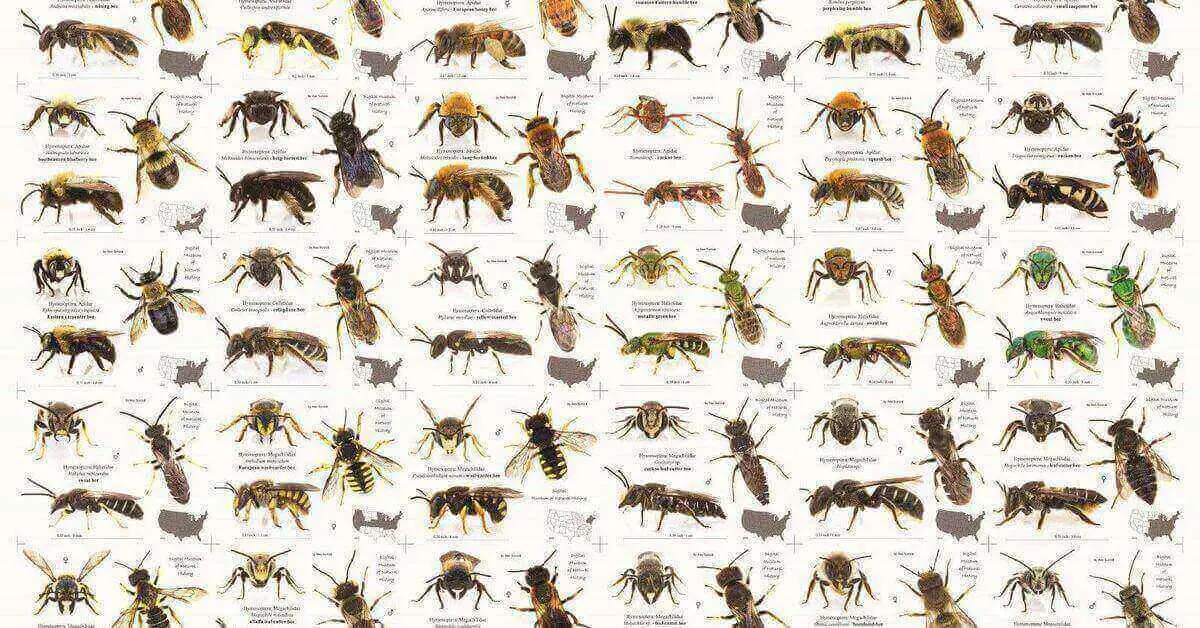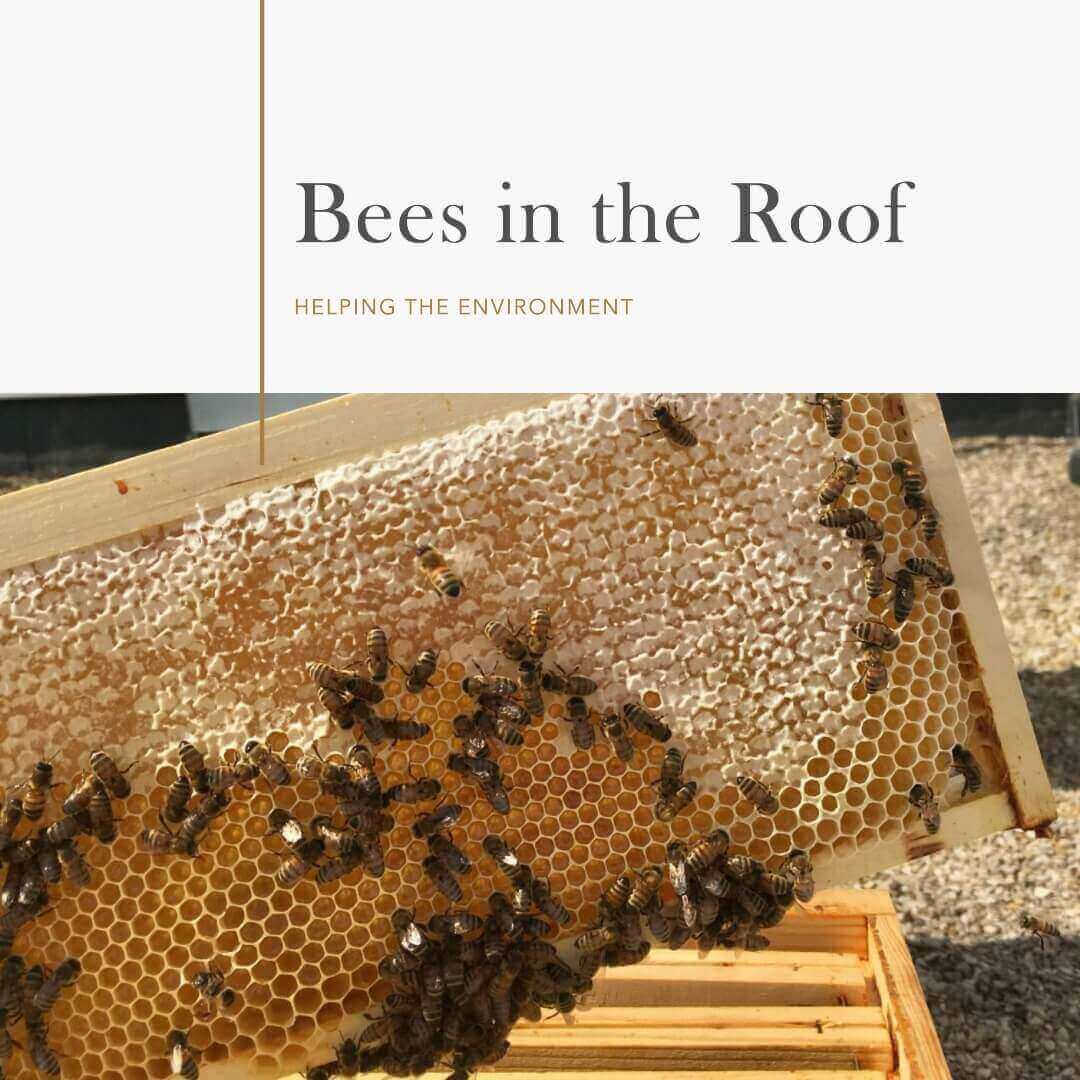Bees and wasps are fascinating insects that play crucial roles in our ecosystem. In this blog post, we will explore the various aspects that differentiate these two species. From their physical characteristics to their ecological impact, we will delve into their behavior, nesting habits, social structure, diet, defensive mechanisms, reproductive cycles, and more. Join us on this enlightening journey as we uncover the unique traits and significant differences between bees vs wasps.
Bees Vs Wasps: Physical Characteristics
Bees and wasps exhibit distinct physical characteristics that set them apart. They are typically have robust, hairy bodies with vibrant colors, ranging from black and yellow to metallic green and blue. Wasps, on the other hand, often have slender bodies with a smooth texture and vibrant shades of black, yellow, or metallic blue.
Habitat and Nesting Behavior
Both bees and wasps have specific preferences when it comes to their habitats and nesting behaviors. Bees are known to construct intricate hives made of wax, which they use to store honey and rear their young. They prefer sheltered locations such as tree hollows or man-made beehives. Wasps, however, create paper-like nests by chewing wood fibers mixed with their saliva. These nests are commonly found in protected areas, such as eaves, attics, or underground burrows.
Social Structure
The social structure of bees and wasps differs significantly. Bees are highly social insects, living in colonies led by a queen. They have specialized roles such as workers, drones, and the queen herself. Wasps, on the other hand, can be solitary or live in smaller colonies with a single reproductive queen. The queen wasp lays eggs, and the offspring carry out necessary tasks to ensure the colony’s survival.
Diet and Foraging Patterns
Bees and wasps have distinctive dietary preferences and foraging patterns. Bees are primarily herbivorous, collecting nectar and pollen from flowers as their main source of nutrition. They play a vital role in pollination by transferring pollen from one flower to another. Wasps, however, are omnivorous and have a more varied diet. They feed on nectar, fruits, other insects, and even carrion.
Sting and Defensive Mechanisms
Both bees and wasps possess stingers and defensive mechanisms, but they employ them differently. Bees have barbed stingers that remain lodged in the skin upon stinging, causing the bee to die. They usually deploy their stingers when they perceive a direct threat to themselves or their colony. Wasps, on the other hand, have smooth stingers that can be withdrawn, allowing them to sting multiple times. They are generally more aggressive and will sting to defend themselves or their nests.
Reproduction and Life Cycle
The reproductive processes and life cycles of bees and wasps exhibit notable variations. Bees have a complex mating system, with the queen mating with multiple drones. After mating, the queen lays eggs in the hive, and the workers take care of the developing larvae. Wasps, on the other hand, have a simpler mating process, with the queen mating once and storing sperm to fertilize eggs as needed. The queen then lays eggs, and the young wasps undergo metamorphosis before emerging as adults.
Bees vs Wasps: Role in Pollination
Bees are renowned for their vital role in pollination. As they visit flowers to collect nectar, pollen grains adhere to their bodies and get transferred to other flowers, facilitating fertilization and enabling plant reproduction. This process contributes to the diversity and abundance of flowering plants. While wasps do inadvertently transport some pollen, their role in pollination is generally considered less significant compared to bees.
Related Articles:
- Hoverfly vs Sweat Bee: What is the Differences.
- Killer Bees vs Honey Bees Difference
- Bee Sting Vs Wasp Sting: Which is dangerous?
Ecological Impact
Bees and wasps have distinct ecological impacts. Bees, through their pollination activities, contribute to the growth and survival of various plant species, ensuring a healthy ecosystem. Additionally, bees produce honey, which is not only a valuable food source for humans but also has medicinal properties. Wasps, although often viewed as pests due to their aggressive nature, also play a role in controlling other insect populations, acting as natural pest control agents.
Human Interactions and Impact
Humans interact with bees and wasps in various ways, which can have both positive and negative consequences. Beekeeping, for example, is an essential practice for honey production and pollination services in agriculture. However, the decline of bee populations due to habitat loss, pesticide use, and diseases poses a significant concern. Wasps, while beneficial for insect control, can also be a nuisance and cause distress due to their stings, particularly in outdoor activities and picnics.
Species Diversity and Classification
Bees and wasps encompass a diverse range of species. Bees belong to the superfamily Apoidea, which includes more than 20,000 known species worldwide, such as honeybees, bumblebees, and solitary bees. Wasps belong to the superfamily Vespoidea, comprising numerous species, including paper wasps, yellow jackets, and hornets. Each species within these groups has unique characteristics and behaviors that contribute to the overall diversity of these insects.
Bees vs Wasps: Behavioral Differences
Lastly, bees and wasps exhibit behavioral differences. Bees are generally docile and go about their pollination and hive-related activities without being overly aggressive. Wasps, on the other hand, can display territorial behavior and become more aggressive when their nests are disturbed or when they perceive a threat. It’s essential to understand and respect these behavioral differences to coexist harmoniously with these fascinating insects.
Conclusion
In this comprehensive exploration of bees and wasps, we have uncovered their physical characteristics, nesting habits, social structures, dietary preferences, defensive mechanisms, reproductive cycles, ecological impacts, human interactions, species diversity, and behavioral differences. Each of these aspects contributes to the uniqueness and importance of both bees and wasps in our environment. By understanding and appreciating their roles, we can foster conservation efforts and ensure the continued prosperity of these remarkable insects.




